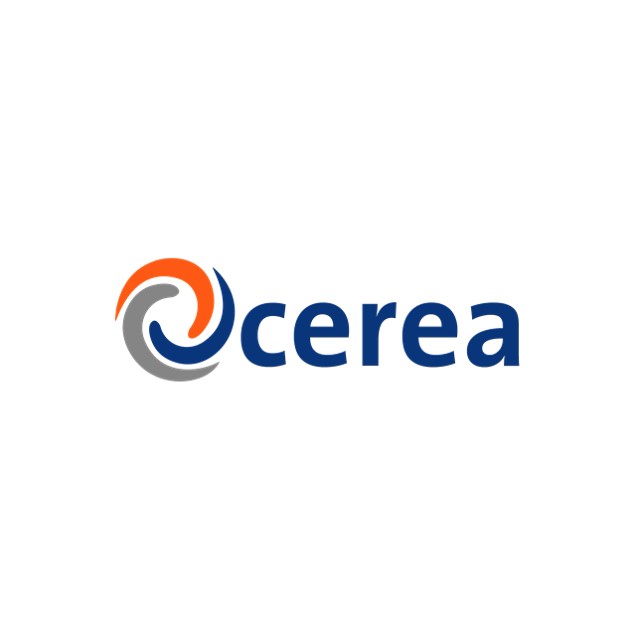CEREA
Created at the École Nationale des Ponts et Chaussées in 2003, CEREA (Centre d’Enseignement et de Recherche en Environnement Atmosphérique) became a joint École des Ponts ParisTech-EDF R&D laboratory on January 1, 2004.
Long-term collaborations have been set up with scientific and technical bodies for specific activities: with IRSN for the nuclear sector, with INERIS for the impacts of chemical or biological pollution, and with the Centre d’Etudes Techniques de l’Equipement Nord-Picardie on the effects of transport on air quality.
CEREA's research activities focus on air pollution and micrometeorology of the lower atmosphere.
They range from academic research (aerosol modeling, data assimilation and inverse modeling, atmospheric boundary layer dynamics) to impact studies (impact of thermal or nuclear power generation activities, impact of transport-related activities), including modeling/prediction of reactive pollutant transport on a regional scale, and modeling on small scales (urban pollution, building heating).
Our interest in many of these subjects explains why the laboratory is so closely involved in EDF R&D programs, as well as its relations with organizations belonging to the French Ministry of Ecology's Scientific and Technical Network (MEDDTL).
CEREA is located on two sites, one in Champs sur Marne, 77 (École des Ponts ParisTech) and the other in Chatou, 78 (EDF R&D).
CEREA has been part of the Science, Engineering and Environment (SIE) doctoral school at Université Paris-Est since 2010. In 2011, CEREA joined the Observatoire de Science de l'Univers de l'Université Paris-Est as a founding member and the Laboratoire d'Excellence "Futurs Urbains" as a partner.
CEREA has been a member of the Institut Pierre-Simon Laplace since 2015.
CEREA develops and implements its own numerical air quality modeling system, Polyphemus, which is used for both research and applied studies.
Polyphemus is used, for example, for prospective studies (e.g., the effect of new fuels on air quality), impact studies of industrial emissions or new road infrastructures, air quality forecasting, dispersion of radioactivity following a nuclear accident and transboundary pollution on a continental scale (e.g., for mercury and other heavy metals, persistent organic pollutants and acid rain).
Sorry, no records were found. Please adjust your search criteria and try again.
Sorry, unable to load the Maps API.

